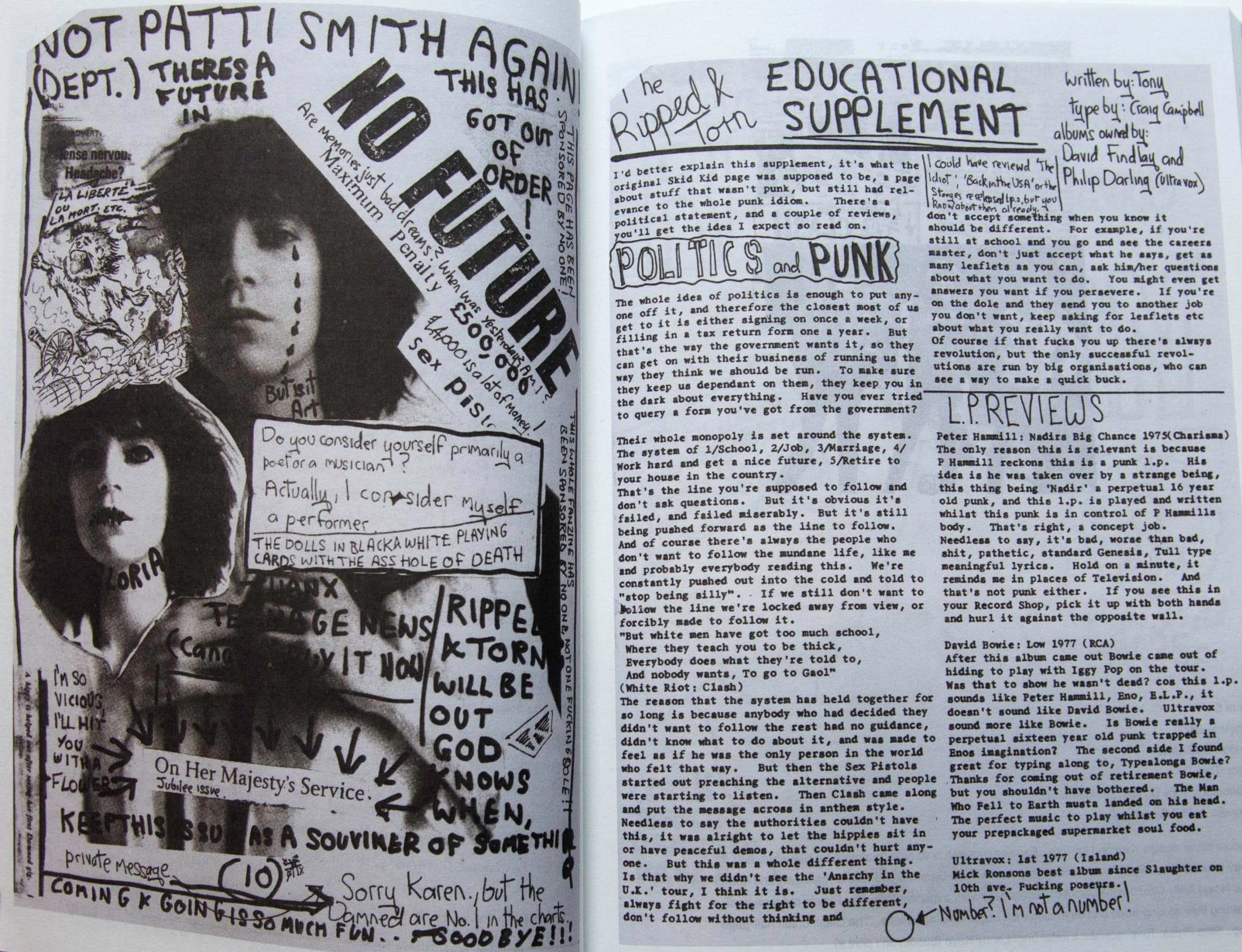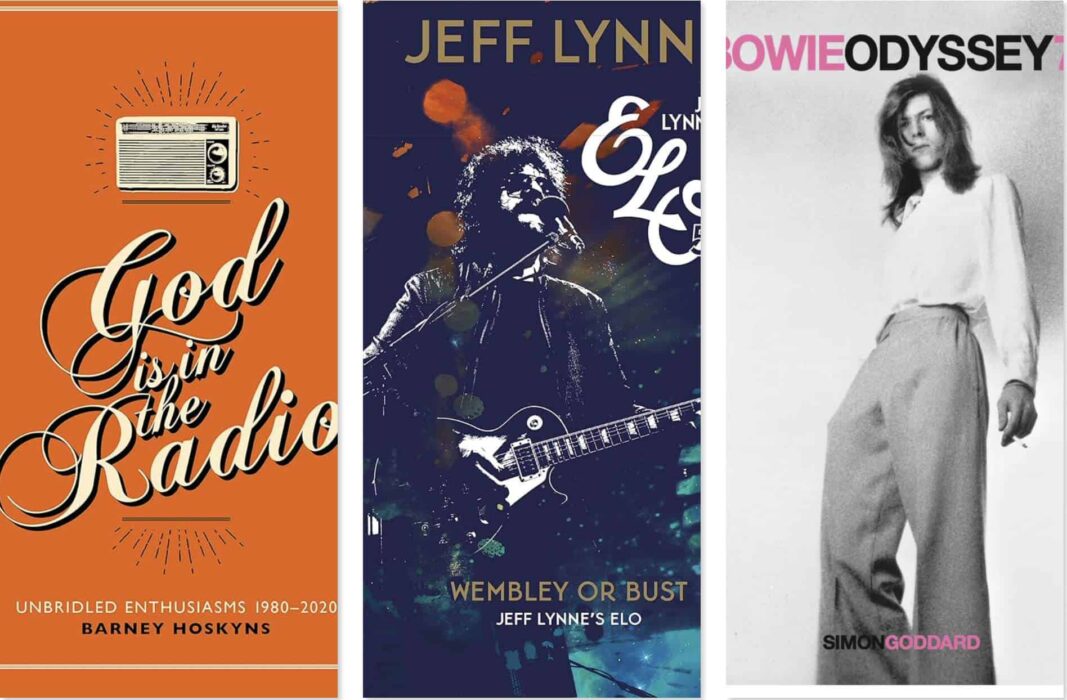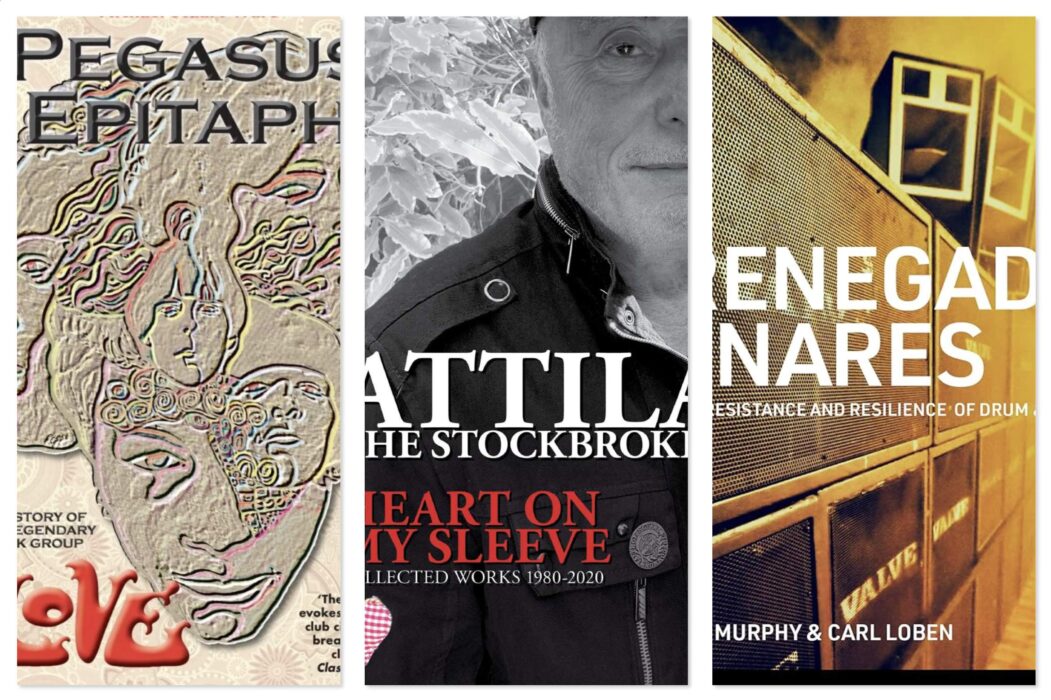The Article
Ripped & Torn: Punk In the Raw
19th April 2019

Author: Tony Drayton
Publisher: Ecstatic Peace Library
Pages: 326
Price: £25
Spanning 326 pages, this book…isn’t. At least, not in the classic sense. It’s more of a bound compilation from the original punk fanzine of the same name. That is, every page of the 17 issue run from October 1976 to March 1979.
Because of that, the tome serves three distinct purposes. Firstly, and possibly most importantly, it provides a general social history overview of the times, the places and the environment across the published period but also an overview of punk fashion, language and politics. It also helps to convey an emotional sense of the big one, attitude.
This series of DIY fanzines may have looked amateurish, like much of its competition (it was, by default), scrappy (yes) and naive (indeed) but it also tried to make the reader aware of what was going on around them. Very important that. It tried to wake up its readers to the exploitative nature of business and politicians, “The Enemies of Liberation shackle your imagination in gloomy colours of doubt, taste, uncertainty, stifle your individuality with restricted choice…and lock up your freedom in their rule books and non-information centres,” railed the text from Issue 16.
This reflection of social frustration was as much to do with the origins of punk as its reaction to established and, in punk’s view, bloated studio bands.
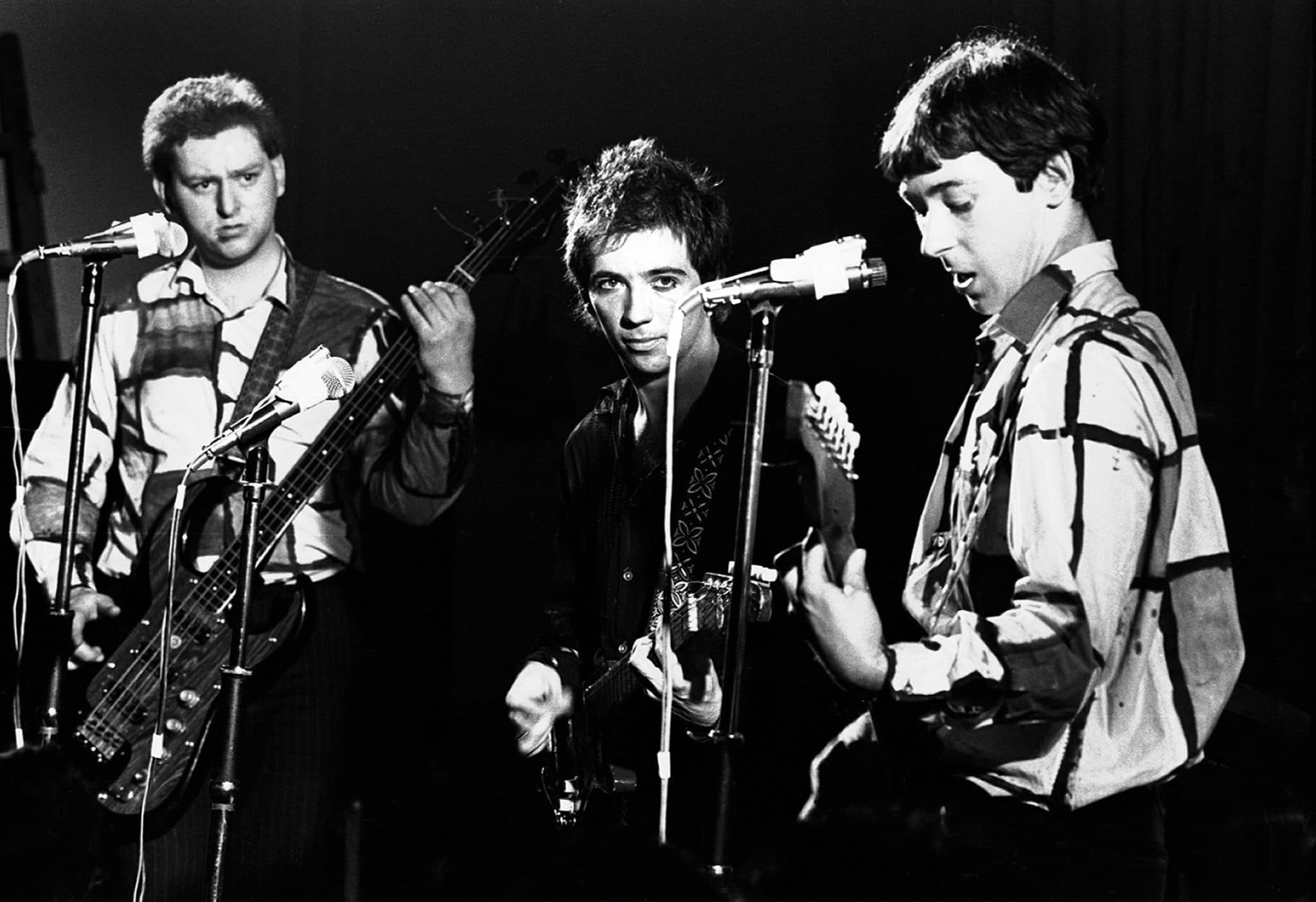
Secondly, this collection does what other primary documents do wonderfully – it removes any sense of hindsight while providing opinion, not from professional journalists immersed in the music scene and surrounded by contemporaries who suppled bias and influence but from music fans on the street.
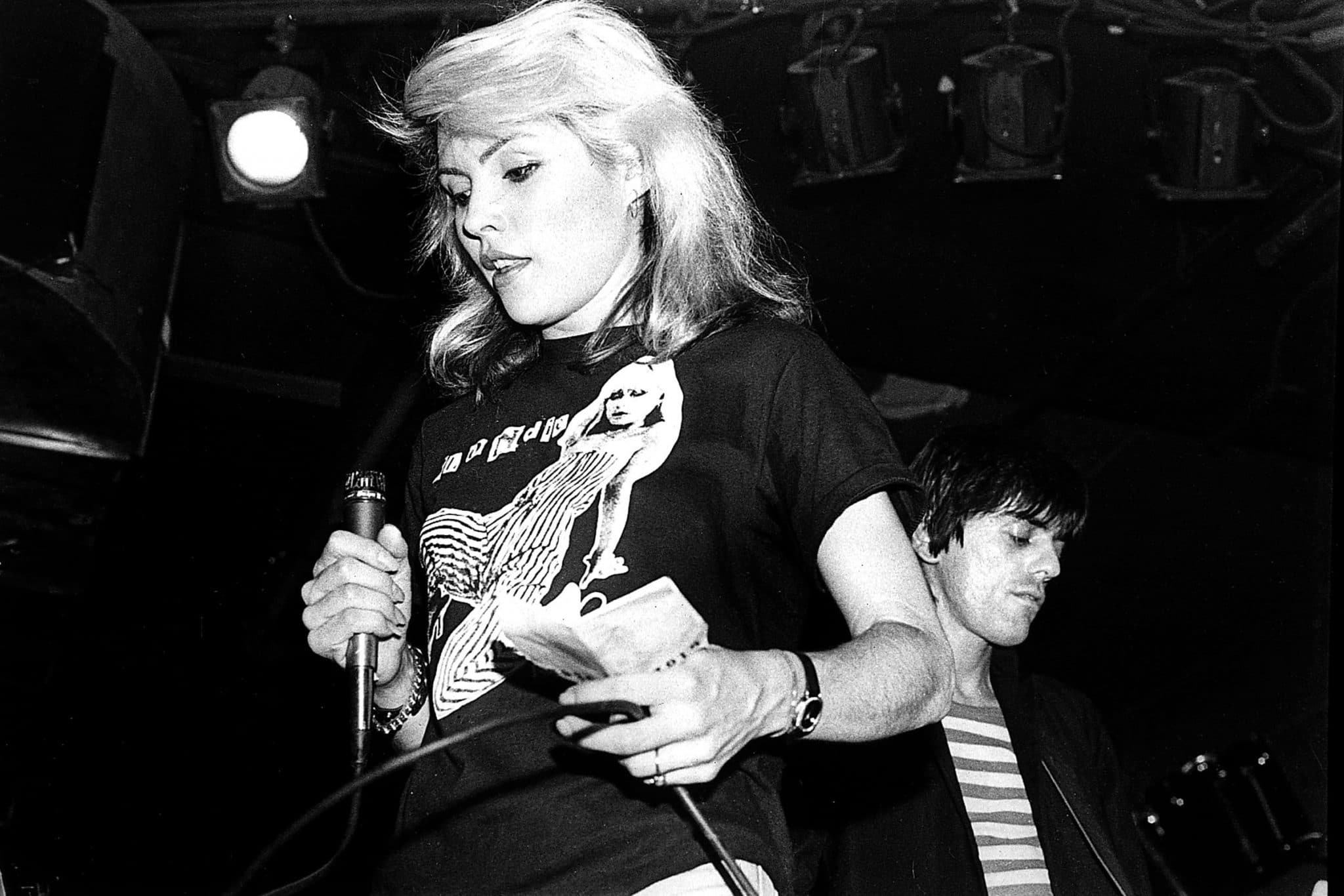
So the debut album from The Buzzcocks was given a lukewarm review as was Plastic Letters, Blondie’s second album. While the classic Blondie album, Parallel Lines was given short shrift. Despite offering music that was, in parts, “quite good”, the magazine pointed an accusing sell-out finger at the band, comparing Debbie Harry to a “clean and refined Linda Ronstadt surrogate”. Speaking as a Blondie fan myself, I winced at the harshness of these lines but I can’t complain as Ripped & Torn dismissed the band as, “…not being punk related anymore…” The wonderful Heart of Glass would have been Exhibit A, I suppose.
Which was fair enough. It was good to see hard critique, unadorned and unfettered by retrospective warming nostalgia.
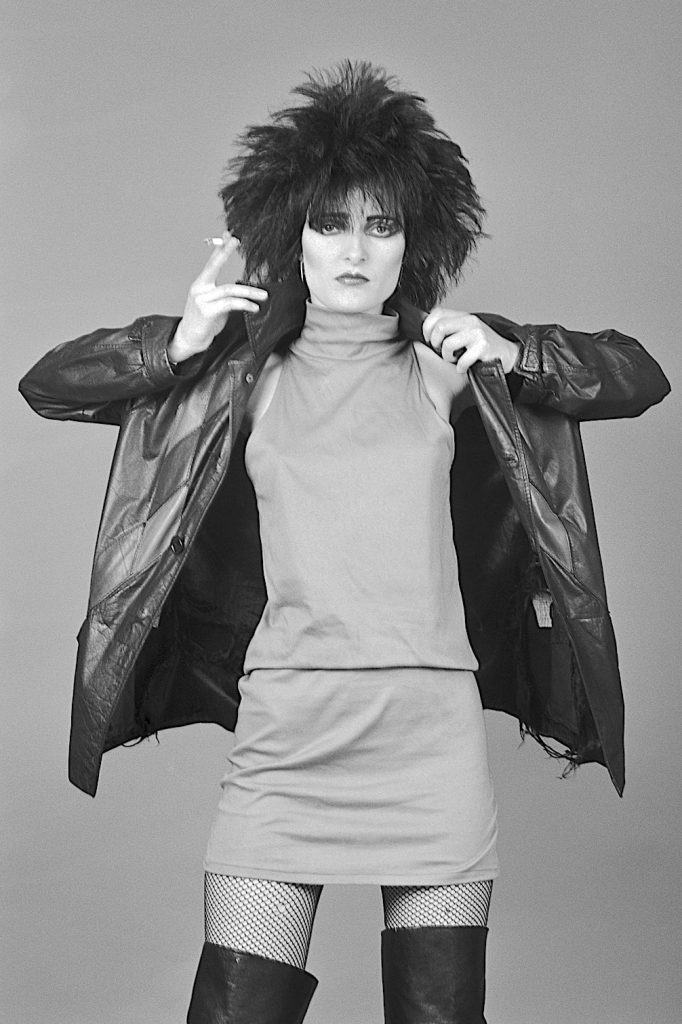
Inarticulate as those fans often were, you could accuse them of lacking grammatical skills and also of being ignorant to the finer elements of composition but there was a directness, energy and inherent flair in what they said and how they said it.
There may be no hindsight in this book but there’s plenty of insight. For example, the perils of being in a punk band, especially in the early days, could be bad for your health as an interview with lead singer of Siouxsie and the Banshees, Siouxsie Sioux plus bassist, Steve Severin showed. The interviewer noted Sioux’s use of an eye-patch, worn because she was suffering from conjunctivitis and contracted via, “Gob. I think! When we were up north we were just getting showered in it. Joe Strummer got hepatitis when somebody gobbed in his mouth. You never know what you’re going to get (so if you trendy punks must gob, make sure you have approval from your doctor).”
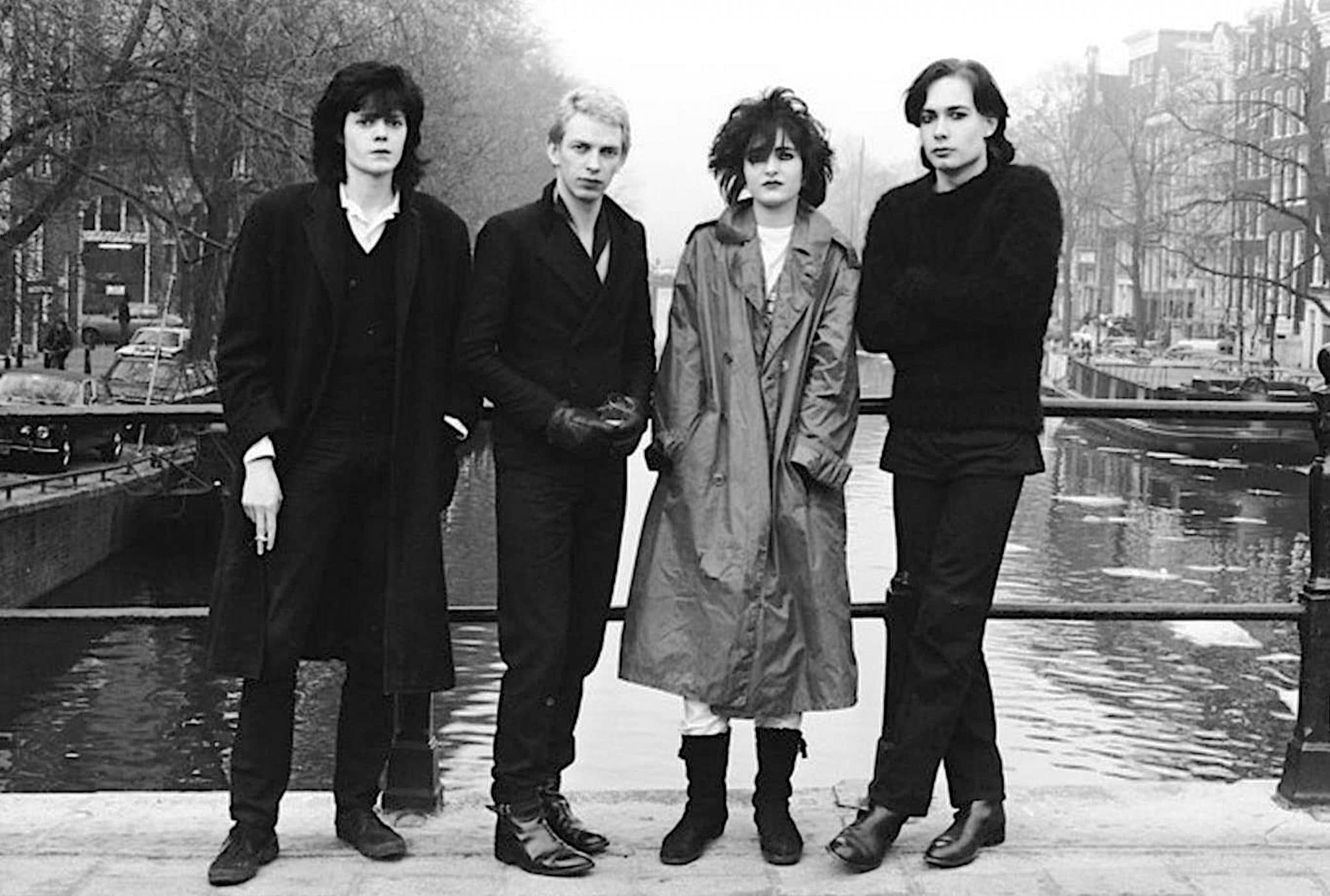
Thirdly, it showed what was possible if you put your mind to it. That you didn’t have to have professional printing/publishing equipment to make a point and that the very nature of the minimalist production was art in itself.
Drayton (then aged 18) started the magazine in Cumbernauld a town just outside Glasgow. He took a week to write Issue 1 and another week to sneakily photocopy the pages at work. Later issues were created in a squat in London. The book features an introduction and a measure of context from Drayton and is also largely untouched and unaltered from that point onwards. It isn’t even bothered by page numbers. Very punk.

